Understanding the Differences and Similarities of Abaya, Kaftan, and Jalabiya in Middle Eastern Attire
The Middle East is a vibrant tapestry of cultures, each thread woven with rich traditions and histories. Among these are the distinctive garments that not only serve as cultural icons but also as expressions of personal style and identity. The Abaya, Kaftan, and Jalabiya are three such garments that stand out in the Middle Eastern wardrobe, each with its own story and stylistic nuances. Let's delve into the styles and histories of these garments and their appropriateness for various social occasions together .
Abaya: The Symbol of Modesty
The Abaya has its origins in the ancient civilizations of Mesopotamia, where it was worn by both men and women. Over time, it evolved into a symbol of modesty and privacy for women in Islamic cultures, particularly in the Arabian Peninsula. The traditional Abaya is a simple, loose-fitting, full-length robe, usually black, which is worn over clothing. It's designed to cover the shape of the body, providing a uniform appearance that adheres to the Islamic principle of modesty.
Historical Style: Historically, Abayas were plain, without any form of decoration. They were utilitarian garments that served a religious and social purpose.

 Modern Evolution:Today, the Abaya has undergone a fashion transformation. While it remains modest, contemporary designs feature intricate embroideries, a variety of colors, and even stylistic adaptations like butterfly cuts and draped silhouettes.
Modern Evolution:Today, the Abaya has undergone a fashion transformation. While it remains modest, contemporary designs feature intricate embroideries, a variety of colors, and even stylistic adaptations like butterfly cuts and draped silhouettes.
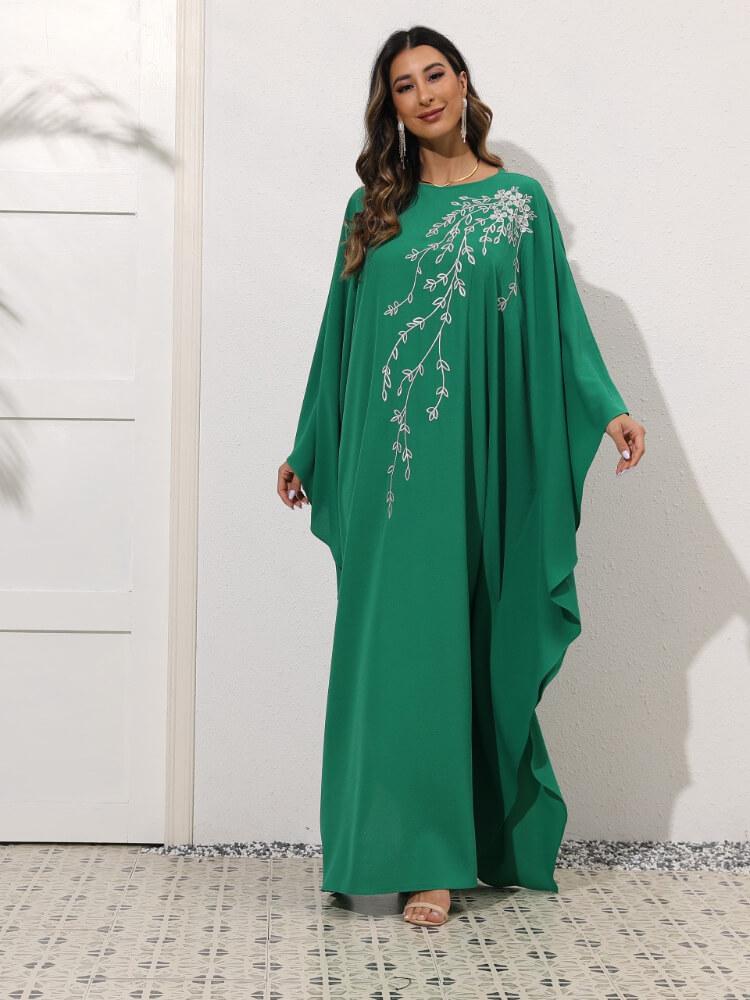

Social Appropriateness: The Abaya is considered appropriate for almost all occasions. For weddings and formal events, embellished Abayas are preferred, while plain ones are suitable for religious ceremonies and daily wear.
Kaftan: The Garment of Royalty
The Kaftan traces its roots back to ancient Mesopotamian times as well and was a garment of royalty across the Ottoman Empire. It was a symbol of status and wealth, often made of luxurious fabrics like silk and cotton and decorated with intricate patterns.
Historical Style:The historical Kaftan was an ankle-length garment with long, flowing sleeves. It was often belted at the waist with a sash, emphasizing the wearer's status.

 Modern Evolution:The modern Kaftan has transcended its royal roots to become a versatile piece in both Middle Eastern and Western wardrobes. It's worn by women of all statuses, with variations in length, fabric, and decoration to suit different tastes and occasions.
Modern Evolution:The modern Kaftan has transcended its royal roots to become a versatile piece in both Middle Eastern and Western wardrobes. It's worn by women of all statuses, with variations in length, fabric, and decoration to suit different tastes and occasions.

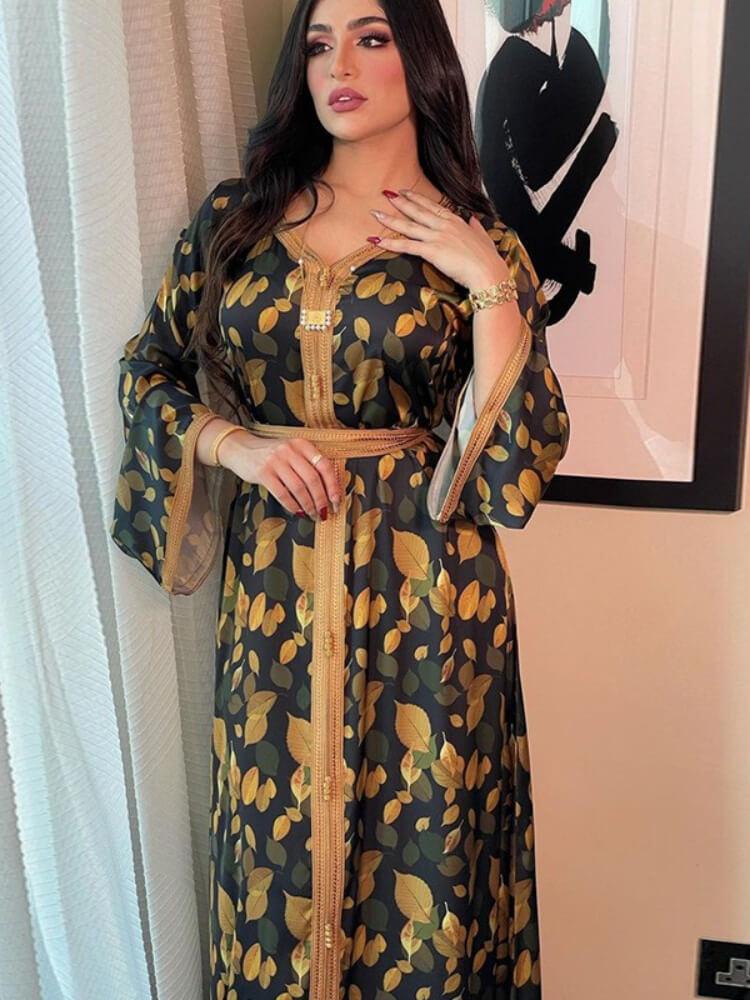
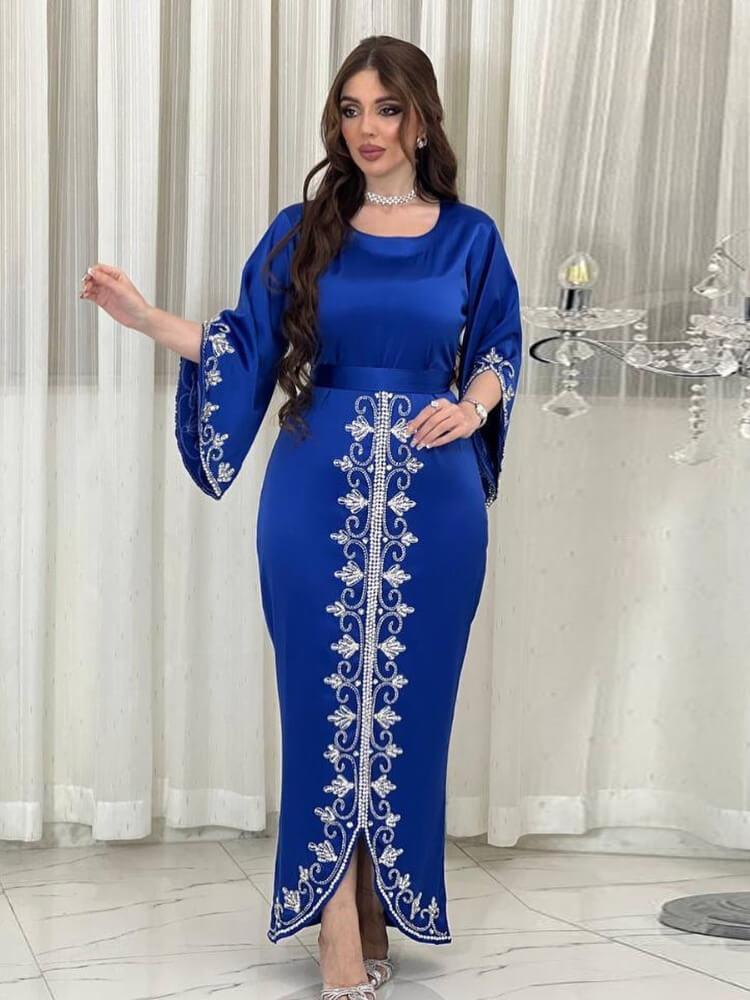
Social Appropriateness:Kaftans are ideal for festive occasions like weddings and parties, where they can be as opulent as the wearer desires. For daily wear or less formal events, simpler designs are chosen for comfort and ease.
Jalabiya: The Comfort of the Nile
The Jalabiya, often known as the Galabeya or Djellaba, has been a staple in regions like Egypt and Sudan for centuries. It is similar to the Abaya in its modest nature but is more closely associated with both rural and urban daily life.
Historical Style:Traditionally, the Jalabiya was made from cotton or wool and was worn by both men and women. It was a practical garment suited to the climate and work needs of the region.
Modern Evolution:While still retaining its traditional shape, modern Jalabiyas come in a variety of colors and may include subtle embellishments such as embroidery. They have also been adapted to suit the fashion sensibilities of younger generations.

Social Appropriateness:The Jalabiya is considered the epitome of daily wear due to its comfort. However, for social gatherings and religious ceremonies, individuals may choose a Jalabiya with more decorative elements. It is less common at weddings, where more formal attire is typically worn.
When selecting which of these garments to wear, the occasion is a key determinant:
- Weddings:An embellished Abaya or a luxurious Kaftan is preferred.
- Religious Ceremonies:A modest, unadorned Abaya or a simple Jalabiya aligns with the solemnity of the event.
- Daily Wear:The Jalabiya reigns supreme for everyday comfort, while a simple Abaya is also common in many regions.
In conclusion, the Abaya, Kaftan, and Jalabiya each have their own unique place within Middle Eastern culture, reflected in their historical evolution and the occasions for which they are worn. While the Abaya remains a staple of modesty, the Kaftan has become a symbol of luxury and versatility, and the Jalabiya offers unbeatable comfort and a connection to tradition. Understanding the intricacies of these garments allows one to navigate social events with cultural sensitivity and style, honoring the rich heritage from which these garments emerged.
Keep reading our xnovas fashion blog for more tips on styling, collections and modest fashion trends.
Until next time,
By Xnovas Vivian Wong




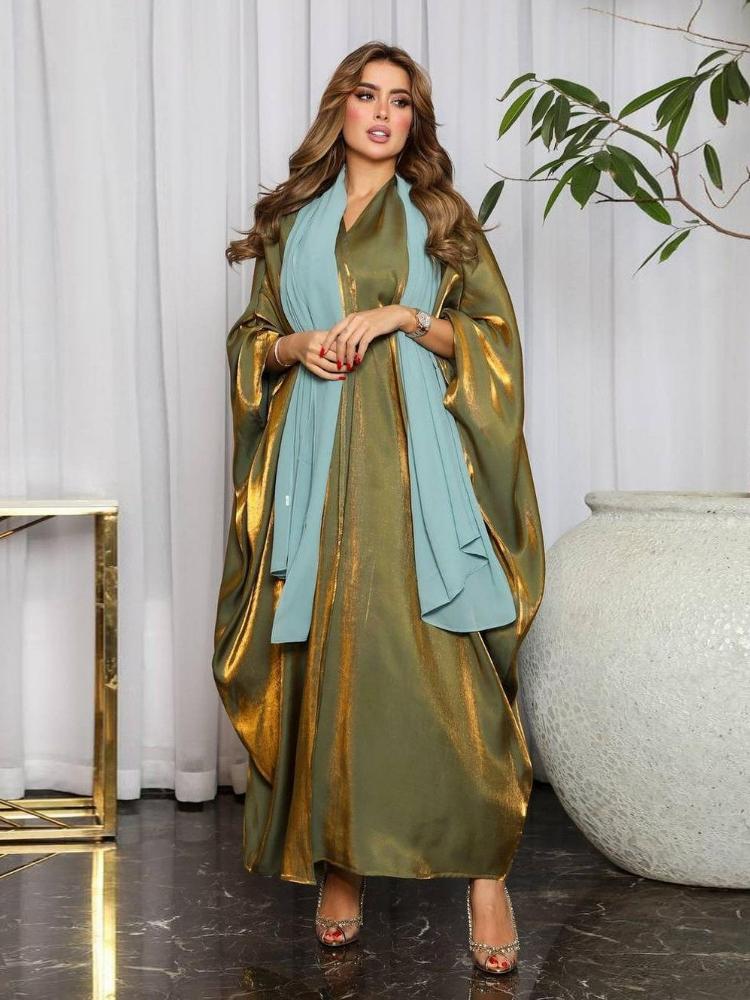





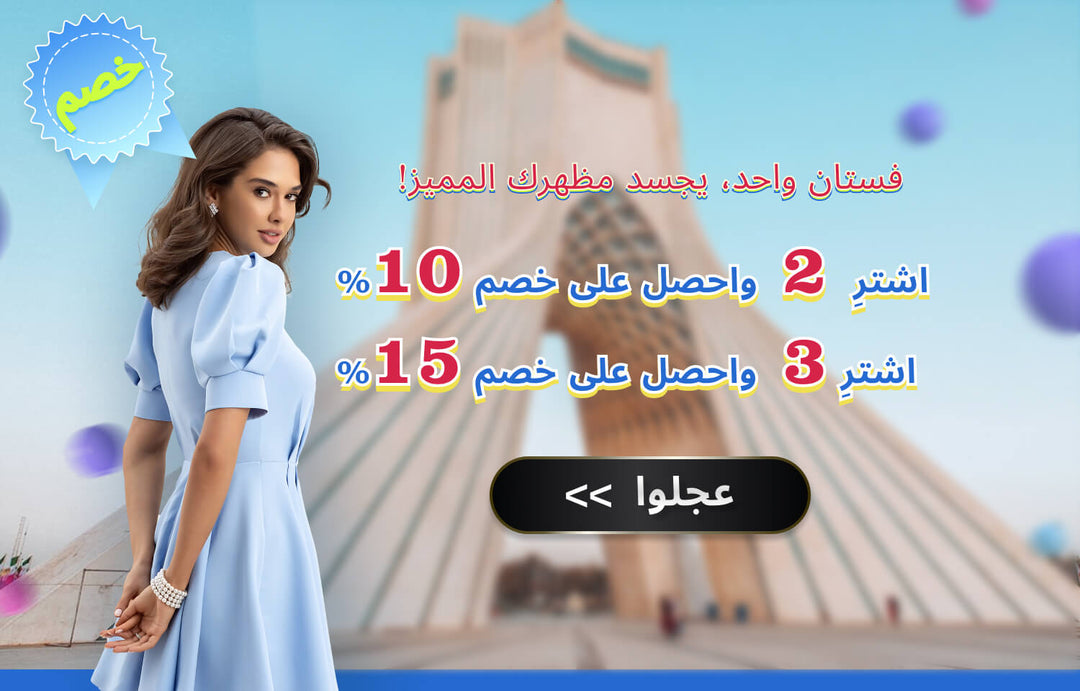


Leave a comment